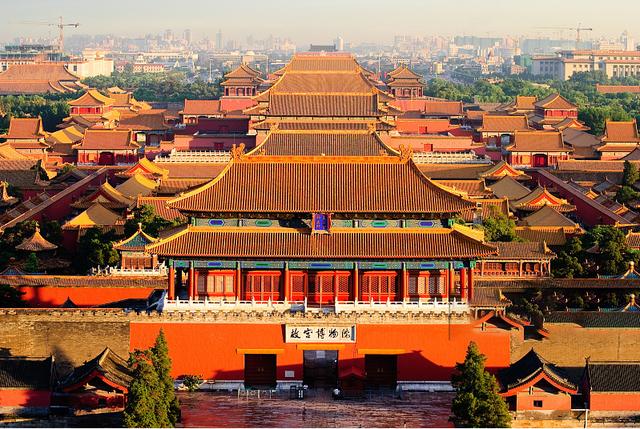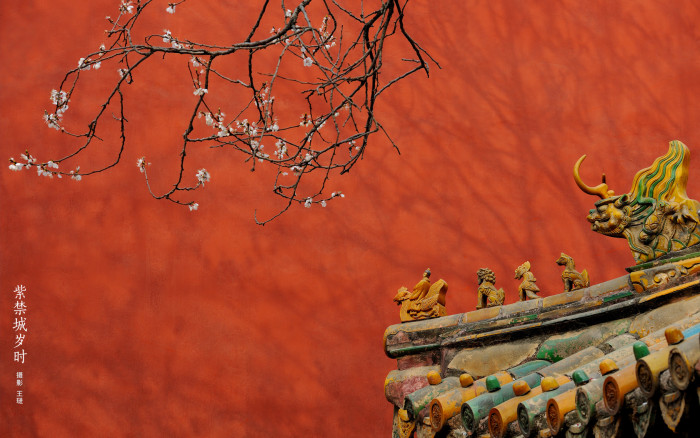Introduction to Dongcheng District, Beijing
Dongcheng District is in the heart of Beijing, the capital of China. It is rich in political, economic, cultural, educational, scientific and technological resources, highly intensive major activities and rich in information resources. At the same time, the full launch of the Bohai Rim Economic Belt will make Dongcheng a vital part of China's economic development in the 21st century and a competitive place widely favored by investors.
During these years of opening to the outside world, Dongcheng District has established international friendly exchanges and cooperation with important cities in 12 countries and regions such as Japan, South Korea and Australia, and has established friendly relations with 45 urban areas such as Shanghai, Kunming and Harbin in domestic economic exchanges.
1. Villages appeared in Liao and Jin Dynasties
2. In the Jin Dynasty, it was the northeast of Zhongdu
3. The Yuan Dynasty was located in the eastern half of Dadu
4. In the 19th year of Yongle in the Ming Dynasty (1421), Beijing was the capital, with 15 workshops in the east city.
5. Daxing County was located in the Qing Dynasty. There were four flags in the east city, including yellow, white, white and blue.
6. The imperial palaces of the yuan, Ming and Qing Dynasties were built in today's Dongcheng area.
7. During the period of the Republic of China, Dongcheng District was the first and third class inner districts at that time.
8. After the founding of new China, Dongdan district and Dongsi district were established in 1952.
9. In 1958, Dongdan and Dongsi districts were merged and renamed Dongcheng District.
Dongcheng has always been a rich place where merchants gather. As a commercial center, it has a history of more than 100 years.
Wangfujing, Beijing railway station, longfu temple and other traditional commercial streets enjoy high popularity at home and abroad. In recent years, the Shili "Silver Street" has gathered hundreds of franchise stores of well-known brands at home and abroad. Dongdan, Dongsi, Hepingli, Beixinqiao and other commercial districts have also taken shape.
The essence of Chinese culture, represented by royal culture, is fully reflected in Dongcheng.
Dongcheng District is the most concentrated area of cultural relics and historic sites in Beijing. There are 16 national cultural relics protection units within the jurisdiction, accounting for 37% of the whole city; There are 60 municipal cultural relics protection units, accounting for 24% of the city; 57 district level cultural relics protection units. The famous Forbidden City, Tiananmen Square, Guozijian, Confucius Temple, Ancient Observatory and Peking University red tower have long been famous at home and abroad. In addition, there are a number of former residences of celebrities such as Mao Zedong, Mao Dun and Lao She.
The people's Art Theatre, the Commercial Press, Beijing Daily, Qiushi magazine, Beijing railway station, Beijing customs, the Central Academy of fine arts, Peking Union Medical College, and 29 three-star hotels provide a full range of services for guests and tourists at home and abroad.
During these years of opening to the outside world, Dongcheng District has established international friendly exchanges and cooperation with important cities in 12 countries and regions such as Japan, South Korea and Australia, and has established friendly relations with 45 urban areas such as Shanghai, Kunming and Harbin in domestic economic exchanges.


1. Villages appeared in Liao and Jin Dynasties
2. In the Jin Dynasty, it was the northeast of Zhongdu
3. The Yuan Dynasty was located in the eastern half of Dadu
4. In the 19th year of Yongle in the Ming Dynasty (1421), Beijing was the capital, with 15 workshops in the east city.
5. Daxing County was located in the Qing Dynasty. There were four flags in the east city, including yellow, white, white and blue.
6. The imperial palaces of the yuan, Ming and Qing Dynasties were built in today's Dongcheng area.
7. During the period of the Republic of China, Dongcheng District was the first and third class inner districts at that time.
8. After the founding of new China, Dongdan district and Dongsi district were established in 1952.
9. In 1958, Dongdan and Dongsi districts were merged and renamed Dongcheng District.
Dongcheng has always been a rich place where merchants gather. As a commercial center, it has a history of more than 100 years.
Wangfujing, Beijing railway station, longfu temple and other traditional commercial streets enjoy high popularity at home and abroad. In recent years, the Shili "Silver Street" has gathered hundreds of franchise stores of well-known brands at home and abroad. Dongdan, Dongsi, Hepingli, Beixinqiao and other commercial districts have also taken shape.
The essence of Chinese culture, represented by royal culture, is fully reflected in Dongcheng.
Dongcheng District is the most concentrated area of cultural relics and historic sites in Beijing. There are 16 national cultural relics protection units within the jurisdiction, accounting for 37% of the whole city; There are 60 municipal cultural relics protection units, accounting for 24% of the city; 57 district level cultural relics protection units. The famous Forbidden City, Tiananmen Square, Guozijian, Confucius Temple, Ancient Observatory and Peking University red tower have long been famous at home and abroad. In addition, there are a number of former residences of celebrities such as Mao Zedong, Mao Dun and Lao She.
The people's Art Theatre, the Commercial Press, Beijing Daily, Qiushi magazine, Beijing railway station, Beijing customs, the Central Academy of fine arts, Peking Union Medical College, and 29 three-star hotels provide a full range of services for guests and tourists at home and abroad.
simliy
